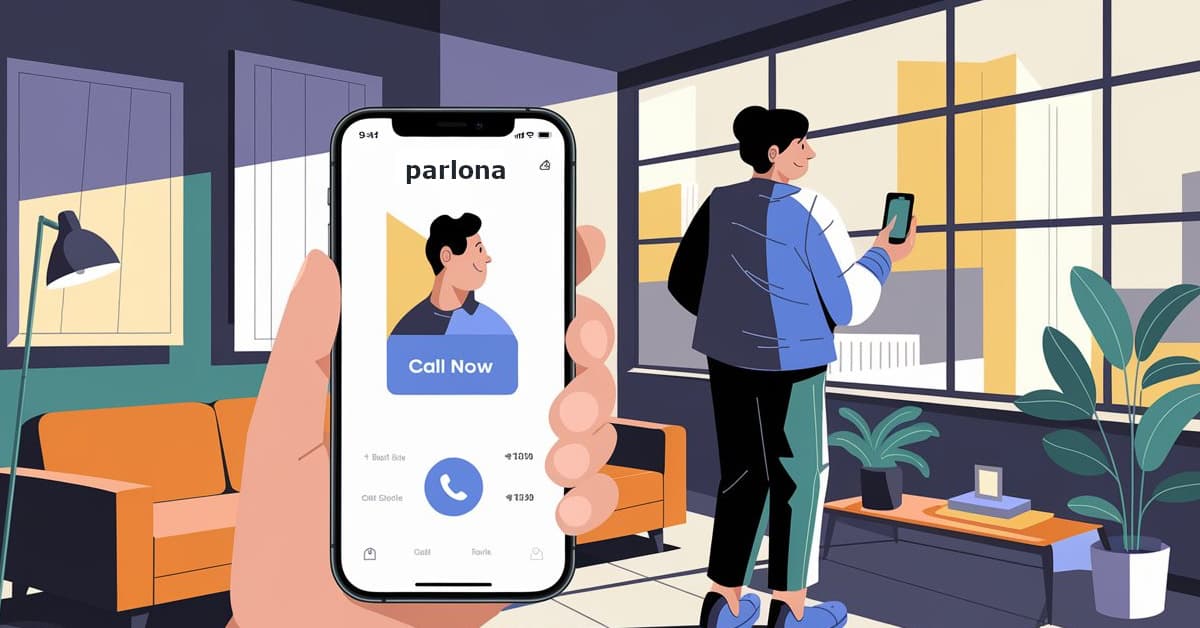
Parlona Blog
AI Receptionist vs Traditional IVR: What’s Better for SMBs in 2025?
March 5, 2025
Interactive Voice Response (IVR) systems have been used for decades:
“Press 1 for sales, press 2 for support…”
But in 2025, customers expect more. They want natural, human-like conversations, instant answers, and intelligent routing. This is why AI receptionists are rapidly replacing traditional IVRs.
In this article, we compare both approaches and help SMBs choose the best option.
🧭 What Is a Traditional IVR?
A traditional IVR:
- Plays pre-recorded audio prompts
- Uses DTMF ("press 1, press 2")
- Routes calls based on fixed rules
IVRs are simple but frustrating for users, especially when:
- Menus are too long
- Options are unclear
- Callers repeat information
- Routing logic breaks
🤖 What Is an AI Receptionist?
An AI receptionist is a conversational voice assistant that:
- Understands natural language
- Asks open questions
- Collects caller details (name, email, intent)
- Handles simple tasks
- Routes calls dynamically
- Works 24/7
Powered by LLMs, STT, and TTS, it can replace entire IVR trees.
⚡ Key Differences (AI vs Traditional IVR)
1. Customer Experience
| Feature | Traditional IVR | AI Receptionist |
|---|---|---|
| Ease of use | ❌ Menus | ⭐ Natural speech |
| Understanding caller intent | ❌ Limited | ⭐ High accuracy |
| Handles unexpected requests | ❌ No | ⭐ Yes |
| Personalization | ❌ None | ⭐ Full |
2. Routing Logic
- IVR: fixed rules
- AI: dynamic, context-aware, multi-step decision-making
3. Lead Qualification
AI can ask:
- “What’s your name?”
- “Why are you calling today?”
- “Can you confirm your email?”
And send structured data to CRM.
IVR can’t.
4. Operating Cost
AI receptionist ≈ cost of one low-cost employee
But works 24/7, never misses a call, and never takes breaks.
IVR costs less, but provides limited value.
🛠 How AI Receptionists Integrate With Asterisk
Typical architecture:
- Asterisk receives the call
- Audio is streamed via WebRTC or RTP to STT
- STT → LLM → TTS pipeline produces real-time conversation
- AI decides routing or gathers data
- Asterisk redirects to the correct extension or mobile number
Platforms like Parlona provide this out-of-the-box.
📈 Why SMBs Are Switching to AI Receptionists
- No more missed calls
- Every caller gets instant response
- Improved customer satisfaction
- Better lead capture
- Reduced operational costs
- Better analytics (intent, sentiment, transcripts)
🚀 Should You Replace IVR With an AI Receptionist?
If your business receives more than 10 calls per day, the answer is almost always YES.
AI receptionists:
- Convert more leads
- Provide a modern customer experience
- Save money
- Capture structured data
- Integrate with your CRM
- Produce searchable call transcripts
SMBs that adopt AI early gain a major advantage.
📚 Next steps
Check out these guides:
- How to Replace Your IVR with an AI Voice Assistant
- Real-Time STT Pipelines for Call Handling
- How SMBs Use AI Receptionists to Increase Conversion Rates